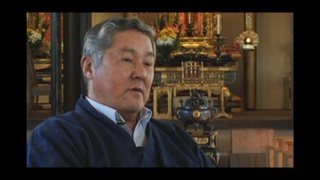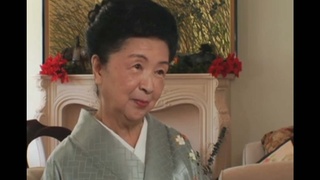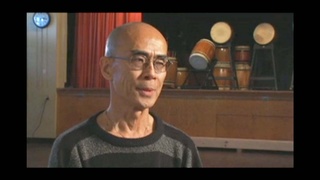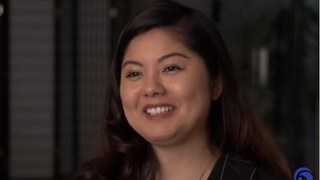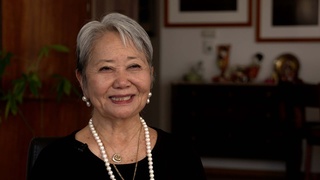Interviews
Eisa, a dance that transmits emotions (Spanish)
(Spanish) I came to eisa by chance. I have always enjoyed artistic expressions, but that I had come to eisa purely by chance. It was a result of some friends…I was one of those invited to join the group. Then during the preparations for the centenary they told me, “Let’s go!” “Someday I’ll go, don’t you worry about it,” “Yes, I’ll go,” “On Sunday I’ll go,” but I never went until one day on a…suddenly one day a member from Japan arrived, from Okinawa, from the head office, and someone from Argentina also arrived, from the Argentine branch which formed a year earlier than us. They came, danced, and [it was] only their form of dancing [that] completely changed my way of thinking about the dance(eisa). It was there that I understood that I was able to include mysticism within the dance, within what you do. [Dancing] can come to transmit emotions; it can come to transmit a sentiment, which makes the people identify with you. It was at that point when I began to practice. Paradoxically it was December 31, 1998, when I began to dance. The following day, after a New Year’s Eve party, they said that I had a rehearsal. I thought that nobody was going to come. Incredibly, on the first of January, we were approximately 85 or 90 people rehearsing in Dai Hall, [and] everyone with bags under their eyes, sleepy and tired, but with the desire to move forward [and learn how to dance the eisa].
Date: September 14, 2007
Location: Lima, Peru
Interviewer: Harumi Nako
Contributed by: Asociación Peruano Japonesa (APJ)

